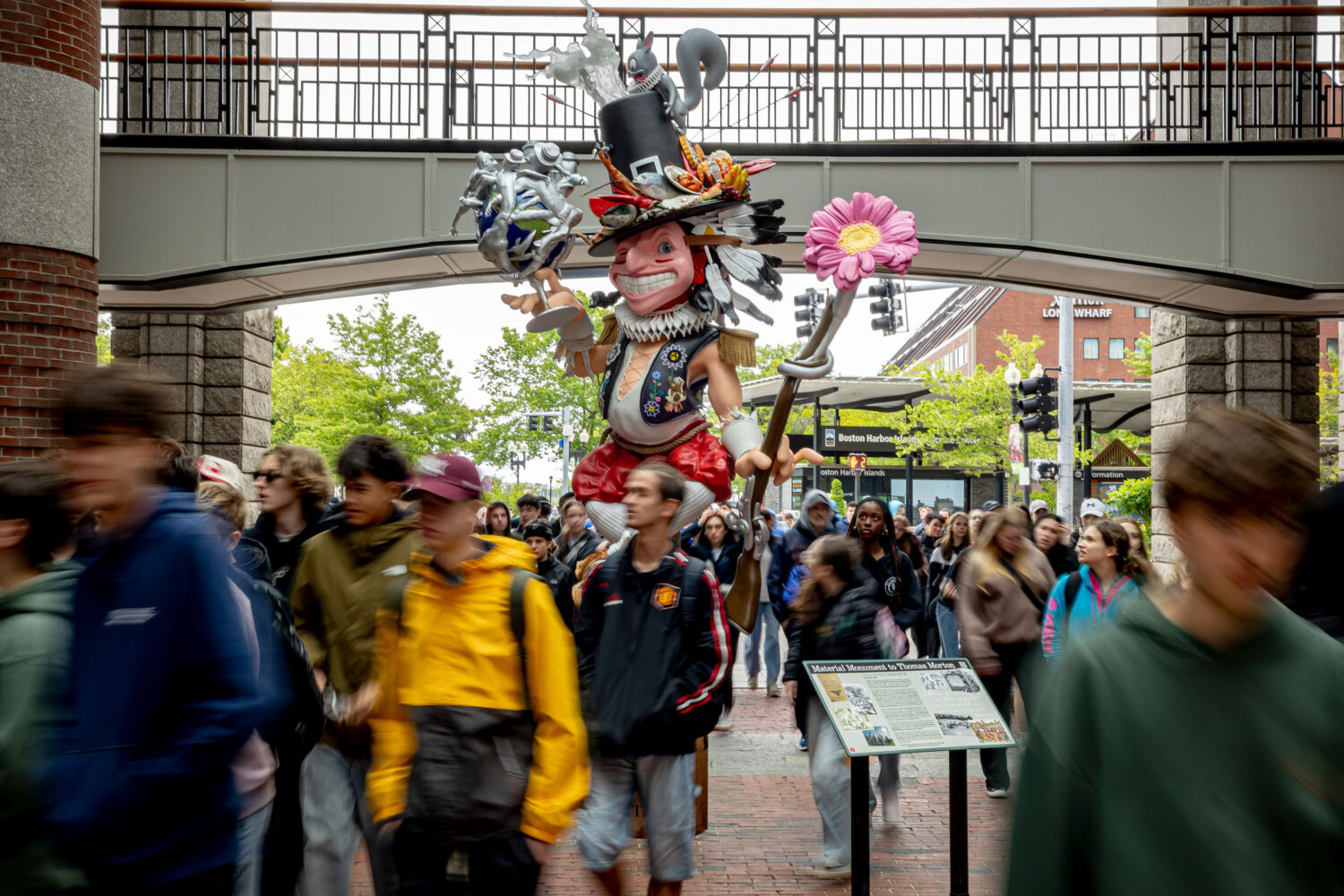Earlier this month, our senior program officer, San San Wong, attended the New England Foundation for the Arts (NEFA) Creative Communities Exchange event in New London, Connecticut. During a special session, NEFA presented the findings from its latest report: The Jobs in New England’s Creative Economy and Why They Matter. Funded by a grant from the Barr Foundation, the report takes a deep dive into how the arts are faring in New England and what this means for our economy and our communities.
We invited Cathy Edwards, NEFA executive director, to share her thoughts on the importance of this report, as well as some of its key findings.
At NEFA, one of our missions is to strengthen the region’s creative economy through research that informs public policy. That is why we partnered with the Economic and Public Policy Research group of the UMass Donahue Institute (with the support of a grant from the Barr Foundation) to answer a few important questions:
- What are New England’s creative enterprises?
- Who are New England’s creative workers?
- How do they overlap?
- How do they vary by state and what role are they playing in the overall economy?
The result? Our latest report—The Jobs in the Creative Economy and Why They Matter.
By finding data on and accounting for creative sector employment, income, demographics, and socioeconomic attributes, this report aims to provide a full story of creative work and workers in New England. What we know is that the creative sector is not just creative enterprises like museums and magazines, or artists such as musicians, painters, and dancers. It includes many industry sectors and occupations that contribute to the economic vitality and cultural attractiveness of a place.
There are nearly 310,000 people employed by the creative economy of New England—working within an organization or freelancing—who combined earn nearly $17 billion a year. This group is a more prominent part of New England’s economy than the national average, and it comprises nearly as many as those who work in either government or construction in the region.
But how are these enterprises and workers faring? Those in the creative core industries and occupations, such as theater and photography, are in a segment that is stable or increasing. But the rest are being impacted by global trends in technology and changing consumer habits.
For example, as purchasing moves online, creative enterprises face more competition and less connection to the buyer. Creative workers become even more entrepreneurial—often because they have no choice—which means they are living job to job, with fluctuating wages, and without much of a safety net.
The data about the sector also show a high level of education, but a lack of racial diversity and affordable places to live or work in urban areas.
These trends present a great opportunity for new ideas, policies, and business models. The ability of local artists and creative workers to interact with and offer their products within their communities is fragile and maintaining such markets requires purposeful action.
Our key takeaways:
- The creative economy—through creative enterprises and freelance work—employs more than 310,000 people in New England, which puts it in about the middle of all sectors supporting regional jobs.
- The share of creative employment and establishments (compared to other employment and establishments) is higher in New England than nationally. We need to maintain New England’s reputation as a region where the arts are a unique asset, and culture and creativity attract people to live and visit.
- The presence of creative enterprises in New England’s cities and towns tends to be concentrated in places with higher population and income levels.

- A quarter of all creative workers and a third of artists are self-employed, whereas only 10 percent of New England’s overall workforce is self-employed.
- All sectors employ—and need—creative workers. People with creative occupations like writer and designer work everywhere, not just in the arts.
- New England has an especially high concentration of artists compared to the U.S., with a 20-percent higher prevalence of artists in its employment base.
- Overall, this report builds upon our prior studies (The Creative Economy Initiative: The Role of the Arts and Culture in New England’s Economic Competitiveness in 2000, and The Creative Economy: A New Definition in 2007), as well as the real-time online community CreativeGround, which we launched in 2014 to reflect the creative people and places at work in New England.
The employment and workforce data this report provides will allow states and cities to craft investments, policies, and programs to reach the workers and objectives of concern. As this research is updated in the future, the results of these investments can be tracked.
For now, we hope you’ll agree that this research shows how important arts and culture is in our economy. They’re not just nice to have—they’re essential to our region’s competitive advantage.
For additional information on our report, take a look at our video below.




